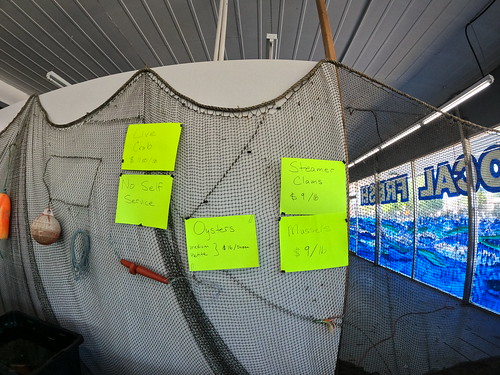I am now wrapping up week six with Eat Oregon Seafood. Over the past two weeks, I met with various commission groups from the Oregon groundfish commission to the Oregon Department of Agriculture. Through these meetings, I was able to paint a clearer picture of how to use social media to engage communities. I also learned more about topics within the seafood industry that are more likely to create controversy on social media platforms. All of this information helped me further my social media campaigns!
Social media platforms are a great way to share science in a digestible format, however, sharing to such a large audience does come with some challenges. Because social media audiences can be so expansive, you have to be more intentional about posts. Instead of catering to one population, as I have done in the past when working with academia, you have to cater to all the populations your posts could possibly reach. Speaking of social media… I was able to post my first videos to the new Eat Oregon Seafood youtube channel this week! Check them out here to learn all about seafood in Oregon.
In addition to learning more about public outreach to broader audiences, my views about policy work have changed as well. I have learned that a large part of policy work is networking. In order to make science education work, you need to reach a broad audience. AND in order to reach a broad audience, you need connections. Before this summer, I never realized how much other platforms sharing and spreading your information matters. In retrospect it makes total sense – you need to put effort into both creating science education material and spreading that material. If you do one without the other your message will be lost.
I am really enjoying seeing a different side of science this summer. My previous experiences have been mostly fieldwork and lab work-related. During grad school, I plan on sticking to field and lab work during my “job job”. However, in my free time, I plan on continuing to promote science education to a broader audience by posting science and culture education videos on a personal vlog. If you’re interested in learning about Guam, what it means to be in graduate school or coral genetics then you can check out that vlog here!
One last update: I started interviews for the “Oregon Seafood Journey” social media campaign. It is great being able to meet industry leaders across the coast and hear the stories of the coastal community. Here is a photo of oyster tanks from my first interview at Pacifica Seafoods in Corvallis!
Thanks for tuning in and I look forward to sharing weeks seven and eight with you during my next post!


